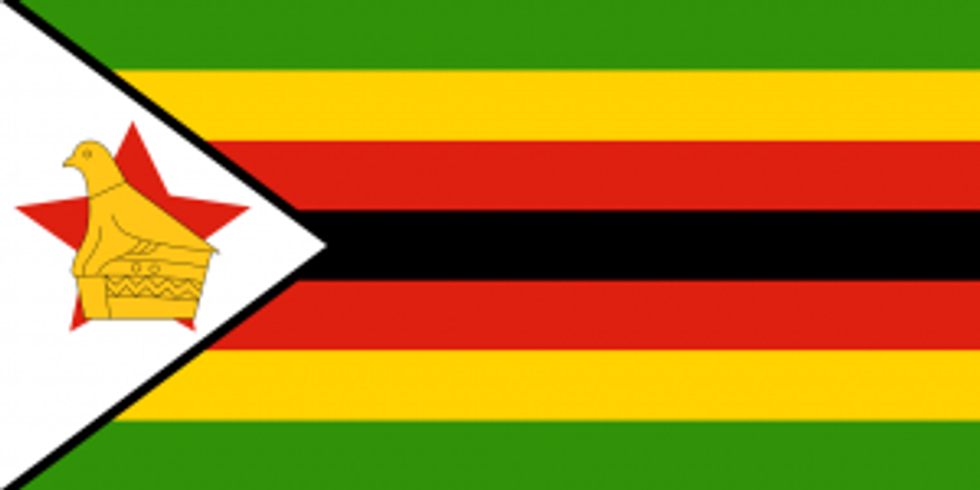Caledonia PEA Reveals Huge Internal Rate of Return for Blanket Mine
Caledonia Mining released a PEA highlighting an internal rate of return of 267 percent for its 49-percent-owned Blanket mine in Zimbabwe.
The PEA for Caledonia’s Blanket gold project in Zimbabwe shows an incredible internal rate of return.
The preliminary economic assessment (PEA) for Caledonia Mining’s (TSX:CAL) nearly 50-percent-owned Blanket mine indicates an astronomical 267-percent internal rate of return (IRR).
The company released the report on Monday, and its share price ticked up slightly before the discouraging gold market brought it back down.
“I am encouraged that the revised investment plan for the Blanket mine has been validated by Minxcon, an external independent consulting group. The high projected IRR for the investment confirms this to be a very exciting project,” said Caledonia CEO Steve Curtis in a statement.
Caledonia first bought the project from Kinross Gold (TSX:K,NYSE:KGC) in 2006, but was forced to give up a significant share of it to the Zimbabwean government following a series of indigenization policies passed in 2012.
Under Zimbabwean law, the country is entitled to a 51-percent stake in any mining property owned by outside investors. The system of ownership has come under criticism from organizations such as the International Monetary Fund, which has said the country needs to clarify the laws to help investors become aware of what they are walking into.
The project, which is located in Zimbabwe, has a measured resource of 3.91 grams per ton (g/t) gold in 1,572,733 tons and an indicated resource of 3.77 g/t gold in 2,478,902 tons.
“The high proportion of the investment that will be recovered from the mining of reserves and resources with a higher level of confidence than inferred resources, also supports our view that the revised investment plan has been prepared on a conservative basis,” said Curtis.
Despite the astronomical IRR ascribed to the project, the net present value hovers at $147 million. While not as eye-popping, the project is expected to be able to show solid yearly production of 70,000 to 75,000 ounces by 2021.
The next step? Look to improve the operating efficiency of the project to help pave the way for greater production returns.
Securities Disclosure: I, Nick Wells, hold no direct investment in any of the companies mentioned in the article.





